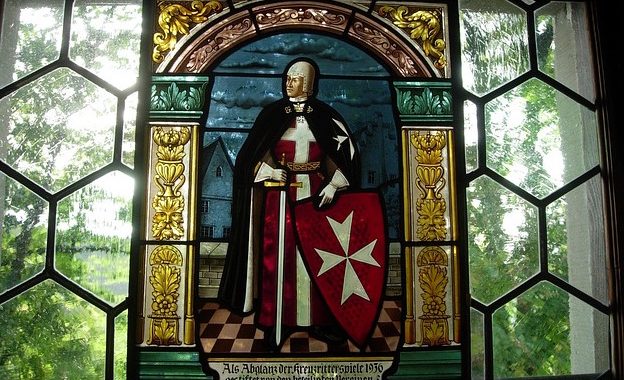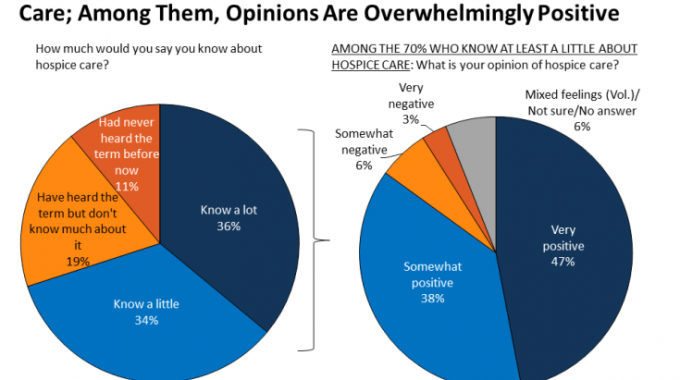
A History of Hospice: A Timeline of One of Medicine’s Oldest Disciplines
Plenty is being done today to educate the general population on the purpose and use of hospice and palliative care. For those with a terminal illness, or as it is referred to in hospice, a life-limiting illness, the purpose of hospice is to alleviate the suffering associated with such an illness. The goal is not to treat the underlying disease, but to manage the symptoms of said disease to improve the quality of life of patients. While acceptance of hospice services has grown over the past few decades, it has not always enjoyed a favorable reception. In order to understand hospice’s place in modern medicine, it is helpful to know the history behind the discipline. It has not always been an easy journey: hospice has been embroiled in politics and been the victim of misconceptions throughout its existence. As part of our mission to inform our readership on everything hospice, we here will take a look at the history of hospice through time.
Pre-20th Century
History of Hospice: The concept of hospice – the treatment of the terminally ill – has had a long existence in Western culture. Early hospices should not be confused with their modern versions, however, as the concept of taking in and caring for the dying was not the original intent. The word hospice is derived from the latin hospes (also shared by the word hospital), which was put into use at the end of the 11th century A.D. to describe a specific kind of lodgment for traveling pilgrims. The word hospes meant, at the time, hosts (as in, hospitality).
Who were they hosting? In 1095, Pope Urban II called for the first holy crusade, which spurred thousands of European warriors and pilgrims to flock to the holy land. It was a long journey, and one fraught with danger. To facilitate the pilgrimages of the masses, holy orders of knights, such as the Hospitallers and Templars, set up lodging houses, called hospes, to accommodate weary pilgrims on their way to Jerusalem. The original purpose of a hospes was more akin to a hotel than a modern hospice center.
The journey to the holy land killed many who attempted it. Over time, the focus of the hospes turned from not only offering lodgment to pilgrims, but to care for the sick and dying. Medicine at the time was rudimentary, and so hospes would not have made a stark distinction between those who were sick and those who were dying. All would have been treated as being terminally ill as there were few cures to the many ailments of the day. The goal of the hospes, as attested in the sources, was to comfort the ill until their death or miraculous recovery. Hence, the concept of hospice was born.
17th – 19th Centuries
History of Hospice: As the desire to crusade subsided, and as the fraternal orders of knighthood such as the Knights Hospitaller lost relevance and favor with ruling European monarchies, so too did the hospes. Not until the 17th century would they see a revival, although in a limited way. In France, the concept of caring for the sick and dying took hold again with the formation of a religious order called the Company of the Daughters of Charity of Saint Vincent de Paul.
Founded by Vincent de Paul, the company’s mission was to care for the poor, the sick, and the dying as part of a holy mission to lessen the suffering of the poor. Their work over the following century redeveloped the concept of hospice insofar as their focus eventually became caring for the sick and dying exclusively with the goal of making patients as comfortable as possible until their last breath. The centers founded by the company were initially called hospitals, and as medicine improved over the following centuries, many of these centers became modern hospitals with the goal of treating disease. Others, however, continued to care for the terminally ill, and by 1900 there were six major hospice centers in France.
20th Century
History of Hospice: In contrast to the modern hospice movement, the early hospices of the 18th and 19th centuries offered limited care with an emphasis on the diseases themselves. These kinds of hospices endured in a similar form until the 1950’s, when an ambitious young woman by the name of Cicely Saunders changed the way we think about the terminally ill. She cited her experience caring for an elderly Polish man as the catalyst for her mission to improve hospice care. She saw from firsthand experience how inadequate the old paradigm of hospice was as a form of end-of-life care.
Saunders studied to become a fully licensed physician before beginning her work to improve hospice. This was one of her first strong beliefs: that trained physicians, rather than volunteers and nuns, should be the ones to treat patients in hospice. As a physician, one of the cornerstone concepts she championed, and indeed one which raised much controversy in healthcare circles, was the use of opioids to treat pain in those with life-limiting illness. Her focus on treating the person rather than the disease meant that she saw no moral conflict in using drugs to improve the quality of life of her patients.
For three decades, Saunders disseminated her beliefs through worldwide speaking tours, and a bestselling book titled, On Death and Dying. Her work changed how modern medicine views hospice and end-of-life care. She is often singlehandedly credited with ushering in the modern hospice movement.
A History of Hospice from Saunders to Today
History of Hospice: Following Cicely Saunders’ acclaimed career, a general awareness for the need to develop and improve hospice services for the terminally ill took hold in the United States. In the 1980’s, Dr. Josefina Magno took up the torch and was instrumental in forming the American Academy for Hospice and Palliative Medicine, the National Hospice Foundation, and founded the International Hospice Institute. These organizations have played a critical role over the past few decades to educate the general population, as well as the medical world, about the merits and benefits of physician-based hospice care. It is through their work that modern hospice has taken its current form. Currently, an estimated one third of Americans who are terminally ill are in hospice – a figure that is growing each year.
For a time in the 1980’s and 1990’s, the nature of hospice – dealing with death and dying – caused many to associate it with the right-to-die movement. Although hospices do not offer euthanasia, it is a subject that the industry must grapple with, particularly in states where physician assisted suicide is available. If a patient chooses to end their life prior to suffering with the assistance of a physician, what medical field does that fall under if not hospice and palliative care? It is an issue which is still in debate, but for the time being the hospice industry has distanced itself from right-to-die to focus on what they had originally set out to do: to compassionately care for the dying.
Hospice Today
History of Hospice: In 1995, ninety eight percent of all hospices were declared non-profit institutions. This is quickly changing as the industry has been growing by about 3.5 percent year on year, and a growing number of new service providers, particularly those involved in in-home hospice, are filed as for-profit businesses.
Hospice is credited with saving medicare money. Around one third of medicare costs are spent on end-of-life care. Hospice reduces those costs by eliminating needless, costly and curative treatments, and by limiting costly emergency room visits. But, as we discussed in our article about hospice fraud, the industry is not without its problems. As hospice becomes more ubiquitous, more cases of fraud and abuse are emerging, which are subjects the industry as a whole will need to address.
Ultimately, the rise of modern hospice has been beneficial to society as a whole. They not only treat the dying, but also the next of kin. Hospices take a holistic approach to care and offer pain treatments, grief counseling, and many other services to help those with life-limiting illness and their families enjoy the best quality of life they can in light of the circumstances. For more on hospice care, read our article on what hospice care can do for you.





